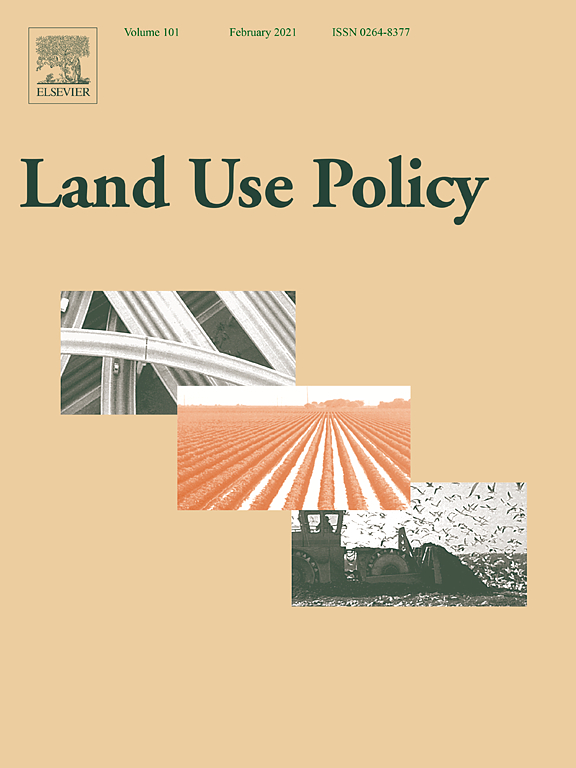Innovation level and local development of EU regions. A new assessment approach
The main purpose of the study is to present a new approach to comparing EU regions according to their level of innovation. For many years, different organizations have published reports related to the innovation level of EU countries and regions. Usually, taxonomic methods are used to measure development in this area.


